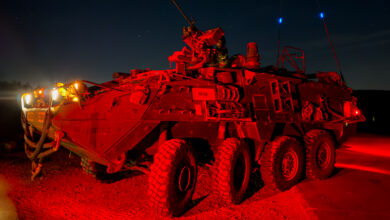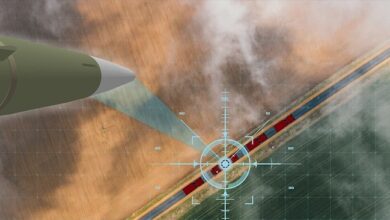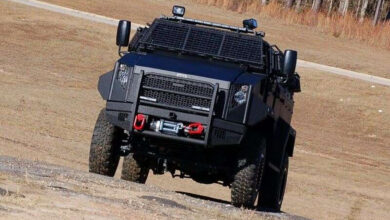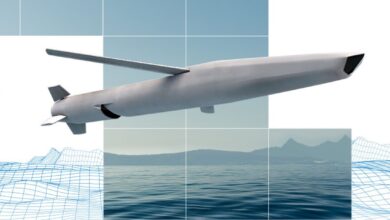BAE Systems has secured a contract to deliver major structures for the M777 lightweight howitzer to the US Army.
The agreement will cover titanium capabilities that serve as the artillery base. Work for associated production will be facilitated at BAE suppliers in the US and the UK.
The initial tranche will be handed over next year.
A budget for the project was signed under the US Department of Defense’s Undefinitized Contract Action, which provides up to $50 million in funding.
This will enable the company to commence deliveries while simultaneously finalizing details of the overall contract and corresponding value with the customer.
Restarting Production
According to BAE, the latest contract secures “optimum conditions” to relaunch M777 production in the UK while allowing new and older users to join a fresh manufacturing program through a “hot production line.”
It will also support future contracts that the company expects from partner nations, including the US, Australia, and Canada, that have donated M777 howitzers from their stockpiles to Ukraine in its defense against Russia.

“This restart of production of the major structures for the US Army’s M777s comes at a critical time, with howitzers deployed on operations in Ukraine,” BAE Weapons Systems UK General Manager and VP John Borton stated.
“We understand that they are performing well and we are very proud of our role in supporting our allies.”
At the ‘Forefront of Artillery’
The M777 is designed with half the weight of existing 155-millimeter towed howitzers, permitting soldiers to sustain firepower with rapid reaction capability on the battlefield.
First used during the Afghanistan war, the M777 has a maximum fire rate of four rounds per minute and a range between 21 to 40 kilometers (13 to 25 miles), depending on user shells.
Known warheads effective with the system include the M107 explosive projectile, M549 high-explosive rocket-assisted projectile, M712 Copperhead, and M982 Excalibur.
“The M777 will remain at the forefront of artillery technology well into the future through the use of technical insertions, long-range precision guided munition developments, and flexible mobility options,” Borton said.












